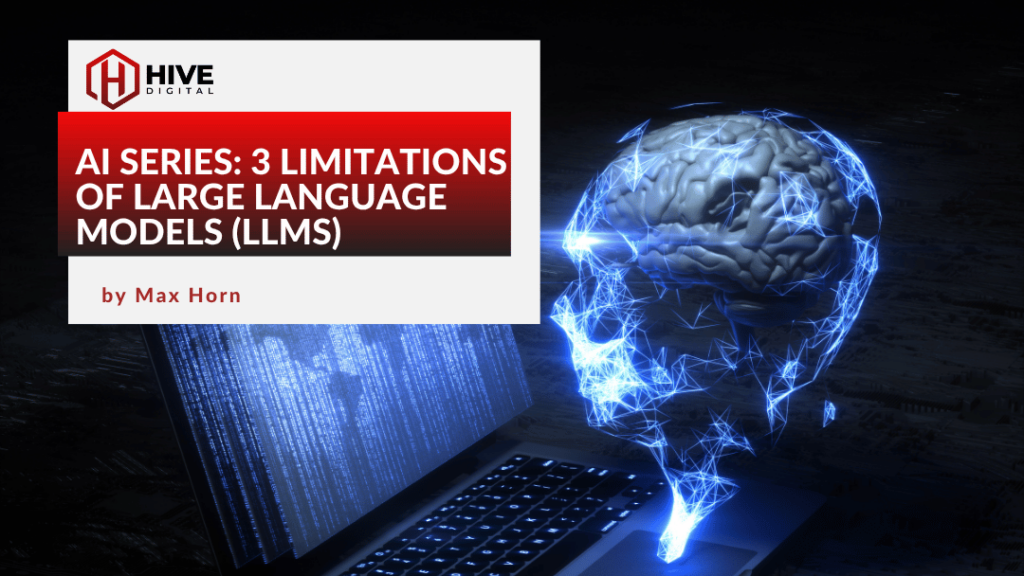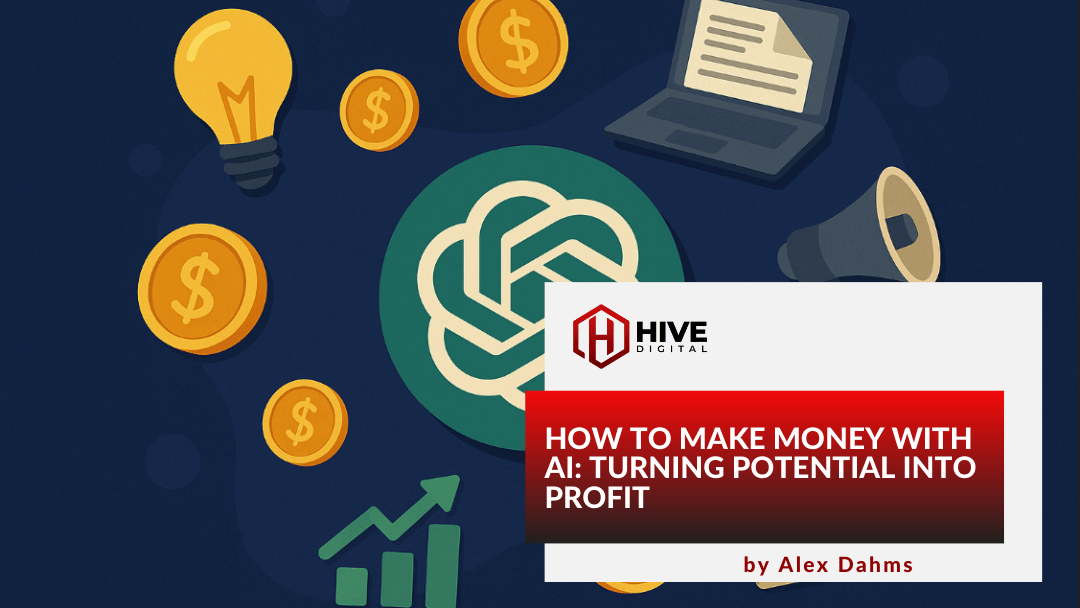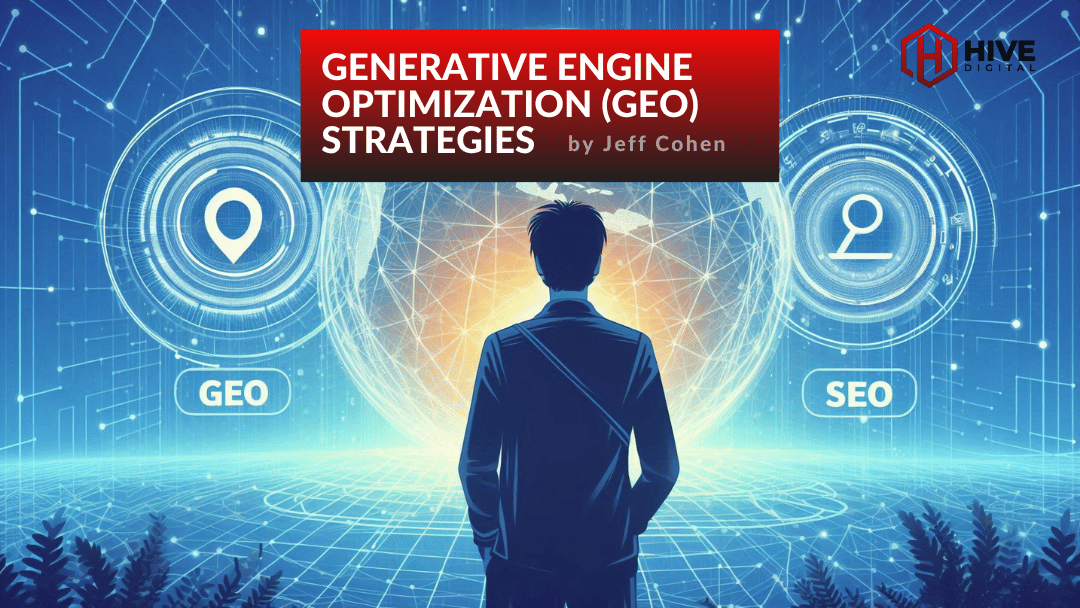Artificial intelligence tools like ChatGPT, Claude, and Google Gemini offer exciting new ways to generate content, summarize data, and streamline tasks. But as powerful as large language models (LLMs) are, they aren’t magic—and they’re certainly not a substitute for critical human thinking.
The better we understand the limitations of these tools, the better we can use them responsibly. Below are three key areas where LLMs still fall short—and where human oversight remains essential.
1. LLMs Can Easily Get the Facts Wrong
Despite their fluency, LLMs aren’t inherently fact-based. They work by predicting the most likely next word in a sentence, not by checking sources or verifying facts.

This can lead to errors or hallucinations – AI-generated responses that sound correct but are factually false. In a recent benchmark by AI Multiple, hallucination rates among top models varied significantly. OpenAI’s GPT-4.5 scored the lowest (best) rate, while Google’s Gemini 2.0 hallucinated nearly 60% of the time. That’s a serious accuracy gap.
LLMs don’t understand the truth; they
understand patterns. And unless users verify their responses with trusted sources, these tools can accidentally spread misinformation.
2. They Always Guess – Even When They Don’t Know
Unlike a human expert who can admit “I don’t know,” LLMs are trained to always respond whether or not they have the right information.
This creates a dangerous illusion of confidence. For example, an LLM might explain the “flat Earth” theory alongside the correct one, simply because it has seen both online and doesn’t weigh scientific validity the same way a human would.
This becomes especially risky in fields like healthcare, law, or finance, precision matters. AI may sound like an expert, but it has no concept of risk, consequences, or nuance. That’s where human discernment must step in.
Best practice: Always approach AI-generated content with a critical eye. Cross-check facts, question assumptions, and bring in real experts when the stakes are high.
3. Bias Is Baked Into the Training Data
LLMs learn from the internet, and the internet is full of bias. From outdated assumptions to cultural stereotypes, AI systems can unintentionally reinforce harmful perspectives.
For instance, if an AI has been trained on a dataset that includes debates about Earth’s shape, it might repeat both sides without emphasizing that one is scientifically accurate. While this may seem harmless in that context, in other areas (like hiring, healthcare, or legal analysis), bias in AI responses can have real consequences.
To mitigate this, it’s important to:
- Craft clear, thoughtful prompts
- Review content with a diverse and informed lens
- Use AI as a support tool, not a final authority
Finding the Balance Between Efficiency and Oversight
LLMs are great at scaling content and assisting with repetitive tasks. But without strong human direction, they risk undermining the very credibility they aim to enhance.
The most effective use of AI in content strategy comes from collaboration: using LLMs to assist with research, ideation, and structure then refining and validating that work through expert review.
Businesses that balance AI efficiency with human oversight will gain the most value while maintaining trust, accuracy, and authority in their digital presence.
Let’s Talk About Smart AI Use in Your Strategy
Curious how to use AI tools more strategically without compromising accuracy or brand trust?
Hive Digital helps organizations integrate AI into their content workflows in a way that’s thoughtful, effective, and human-centered. Contact us for more information.










